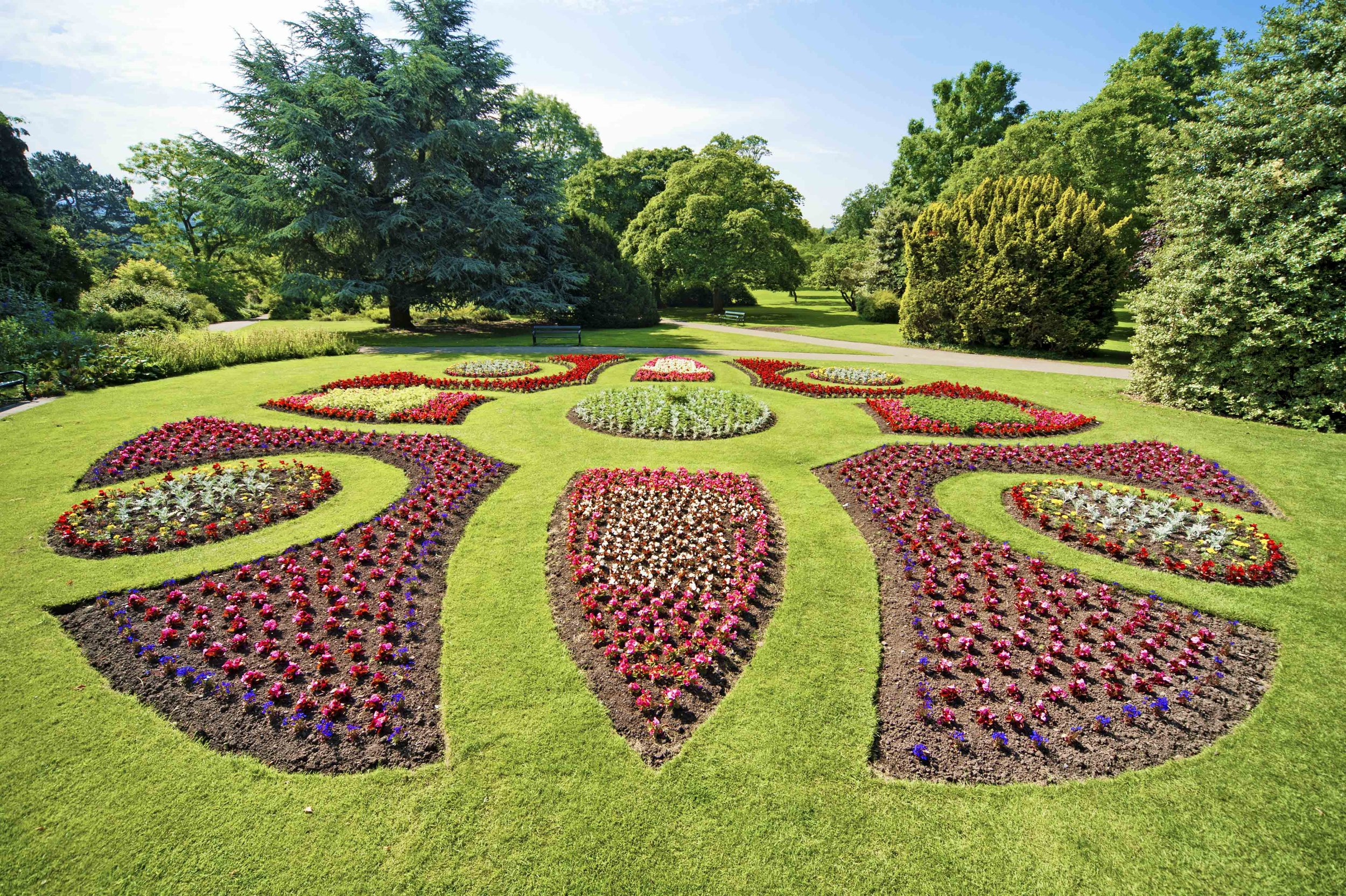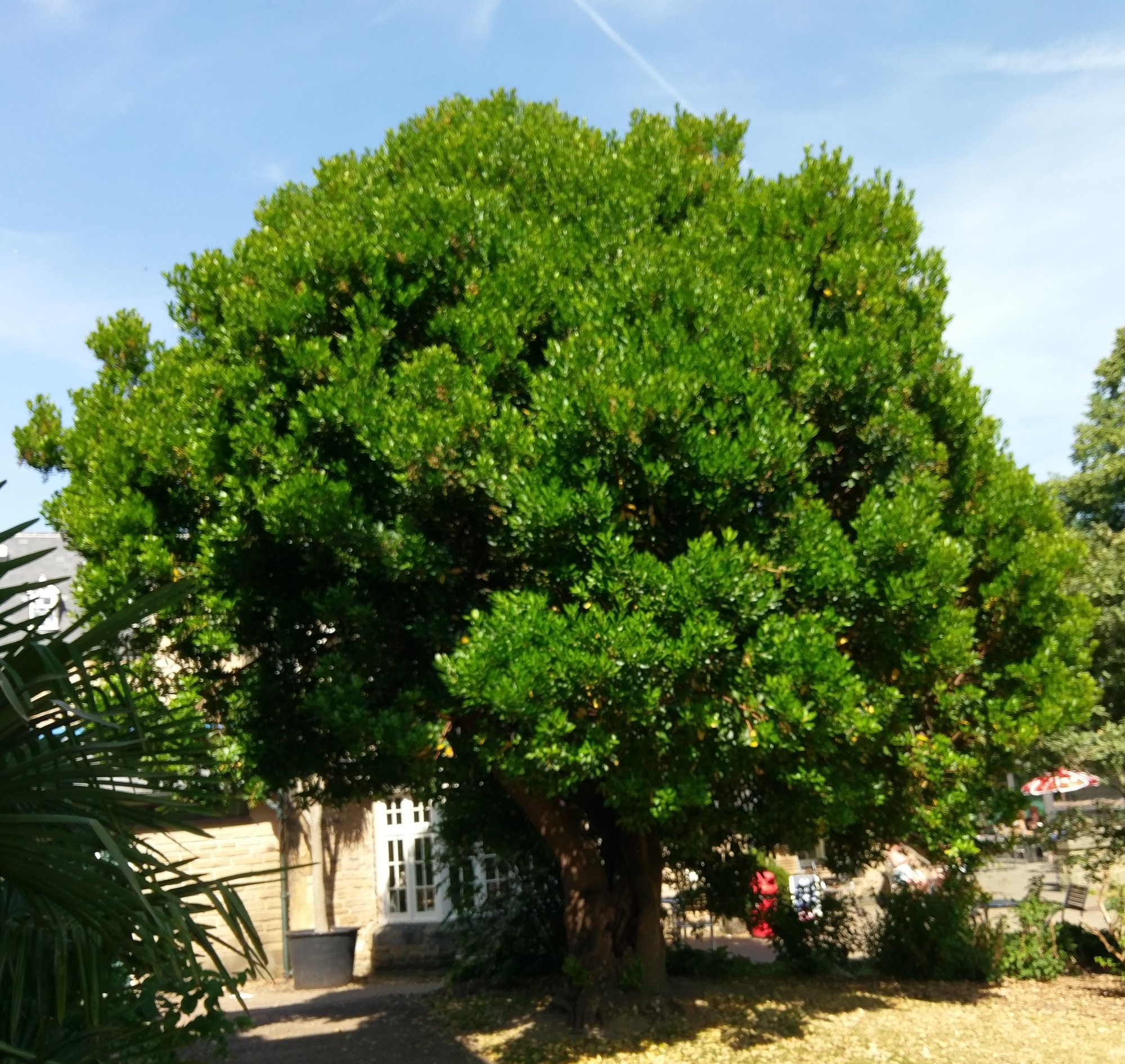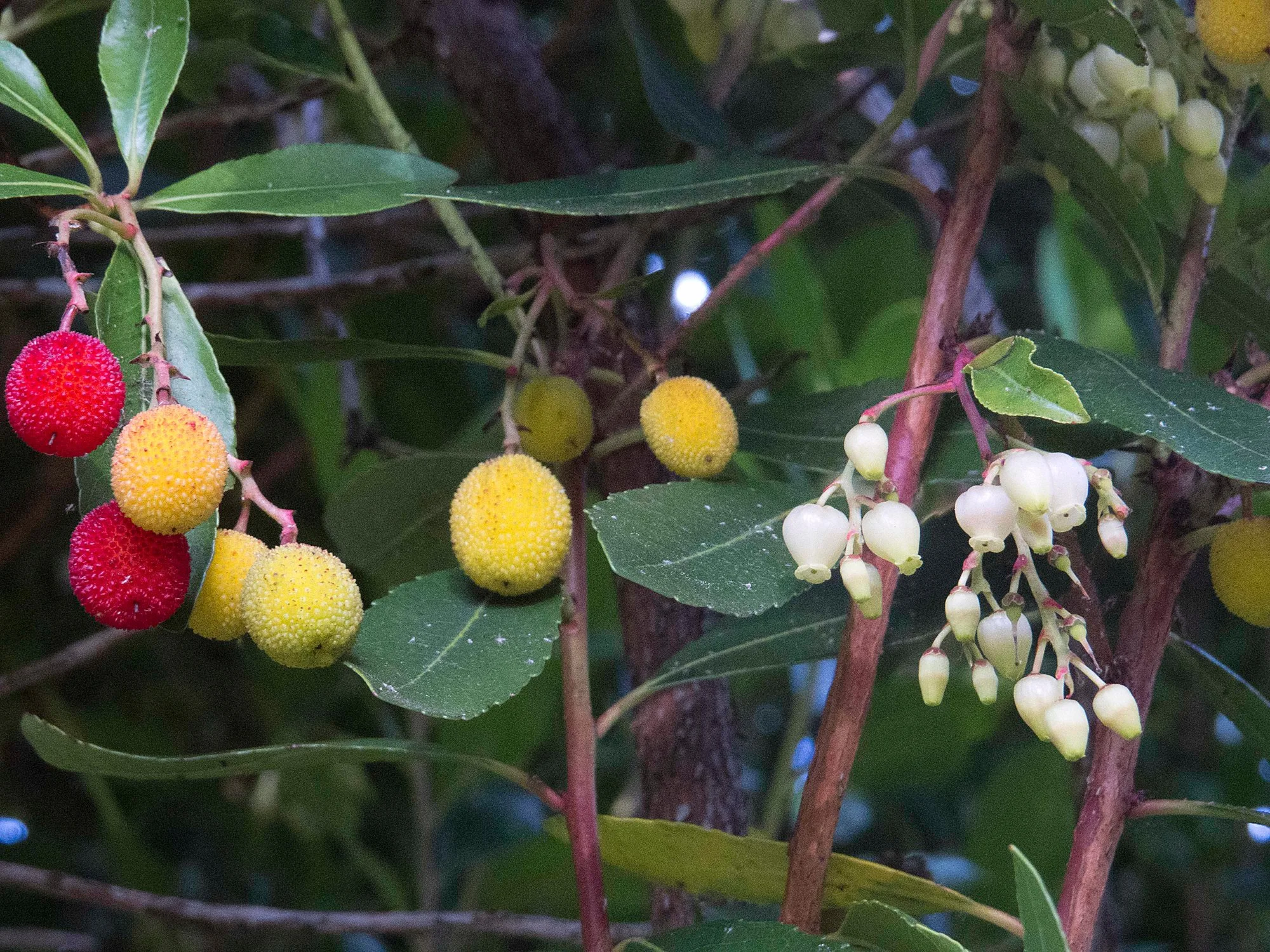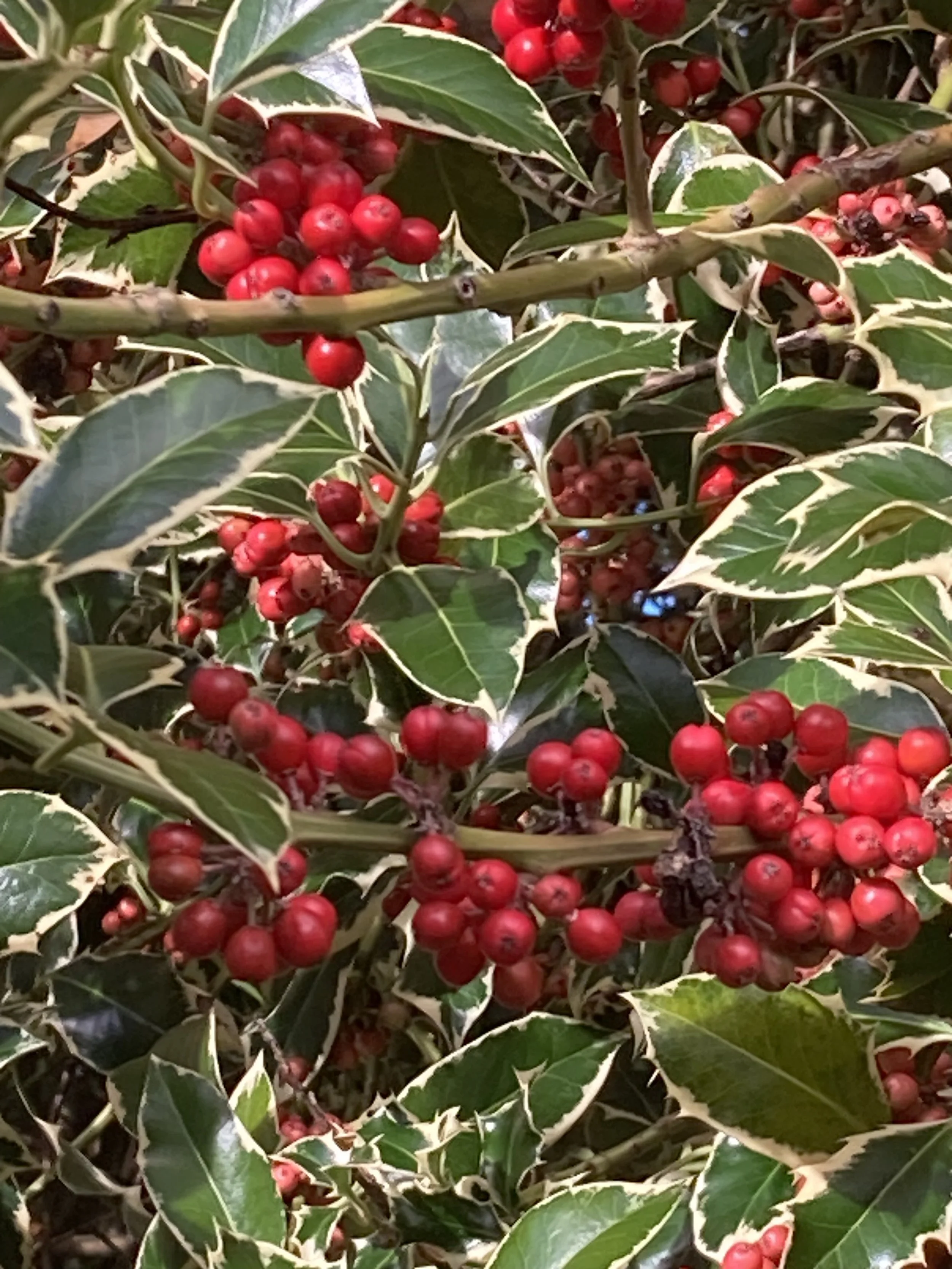Victorian Garden
This part of the Gardens was originally laid out as an educational area with plants displayed in family groups. However, this circular arrangement of beds was developed by 1853 by the third curator, John Law, and has remained a constant feature since then.

In late Victorian times they featured ‘carpet bedding’ where thousands of small low-growing plants, such as Echeveria and Alternatifolia, with contrasting foliage colour were planted tightly together forming patterns resembling a carpet.
In modern times these high maintenance beds are planted out twice a year with colourful seasonal plants in a formal bedding pattern.
The area around the Curator’s House is part of the heritage landscape, it has largely been planted with shrubs, perennials and bulbs, using species and varieties which would have been available to Robert Marnock. However, modern cultivars have also been included to demonstrate links between the old and new and to add colour and interest.
An unusual tree for this part of the world is the Arbutus unedo or Killarney Strawberry tree which has fruit and flowers at the same time in early November. Other trees of interest include a large holly, Ilex aquifolium ‘Argentea Marginata’ which berries well in winter, and a foxglove tree, Paulownia tomentosa, which originates from China and puts on a show of beautiful foxglove-shaped flowers in May.
However, modern cultivars have also been included to demonstrate links between the old and new and to add colour and interest.
Plants of interest in this area include a large holly, Ilex aquifolium ‘Argentea marginata’ which berries well, and a specimen of foxglove tree, Paulownia tomentosa which originates from China and puts on a show of beautiful foxglove type flowers in May.








